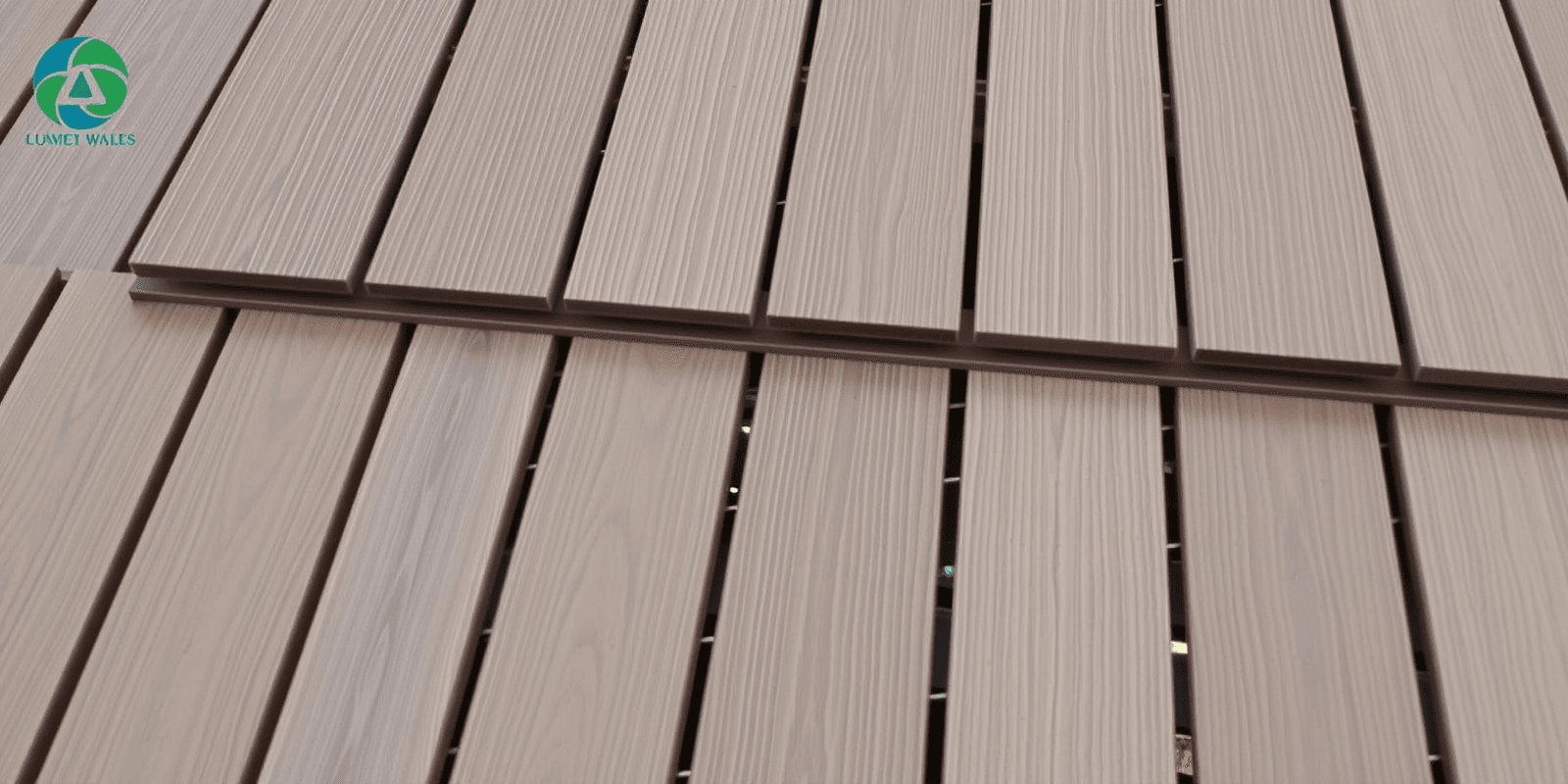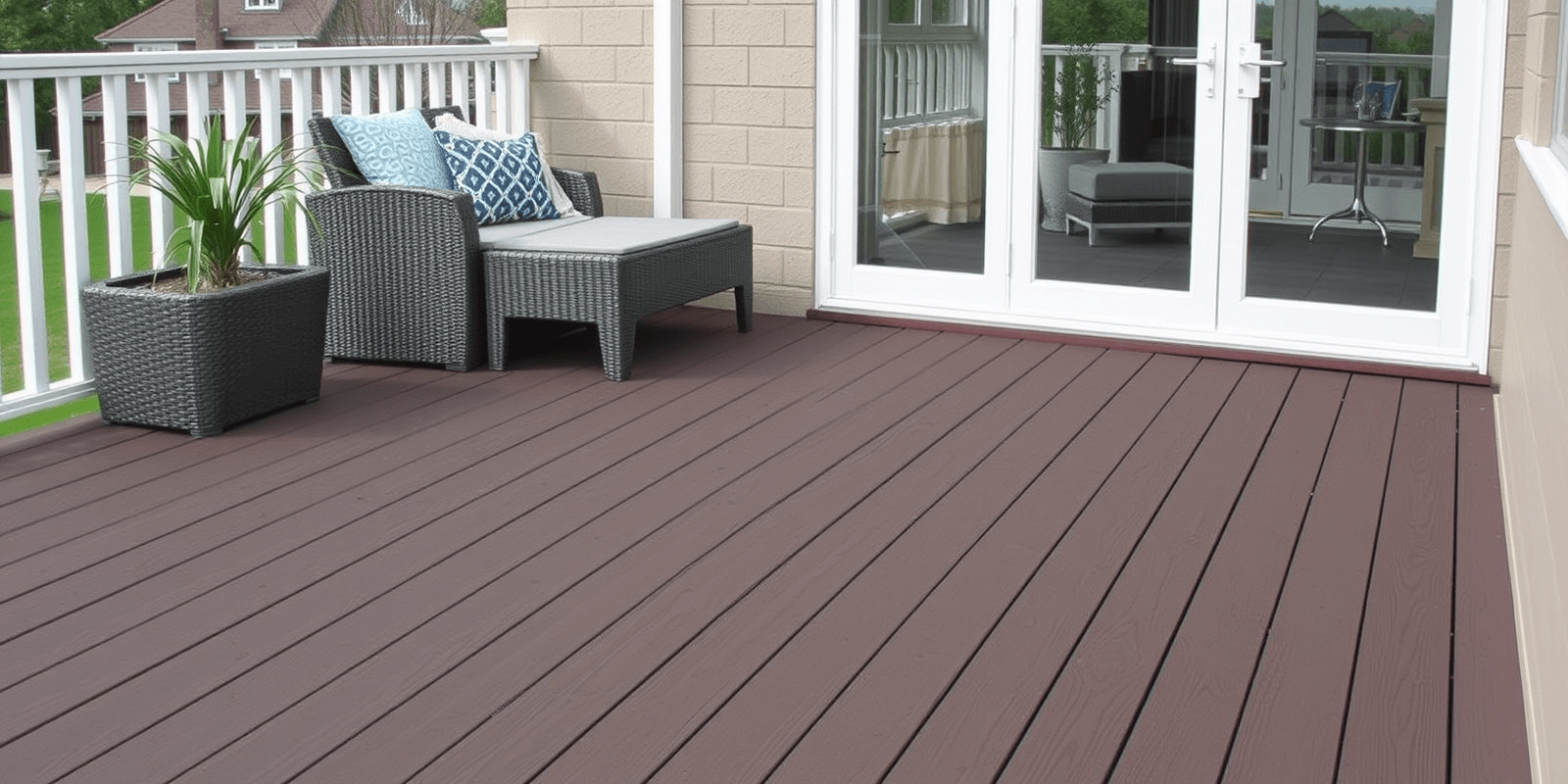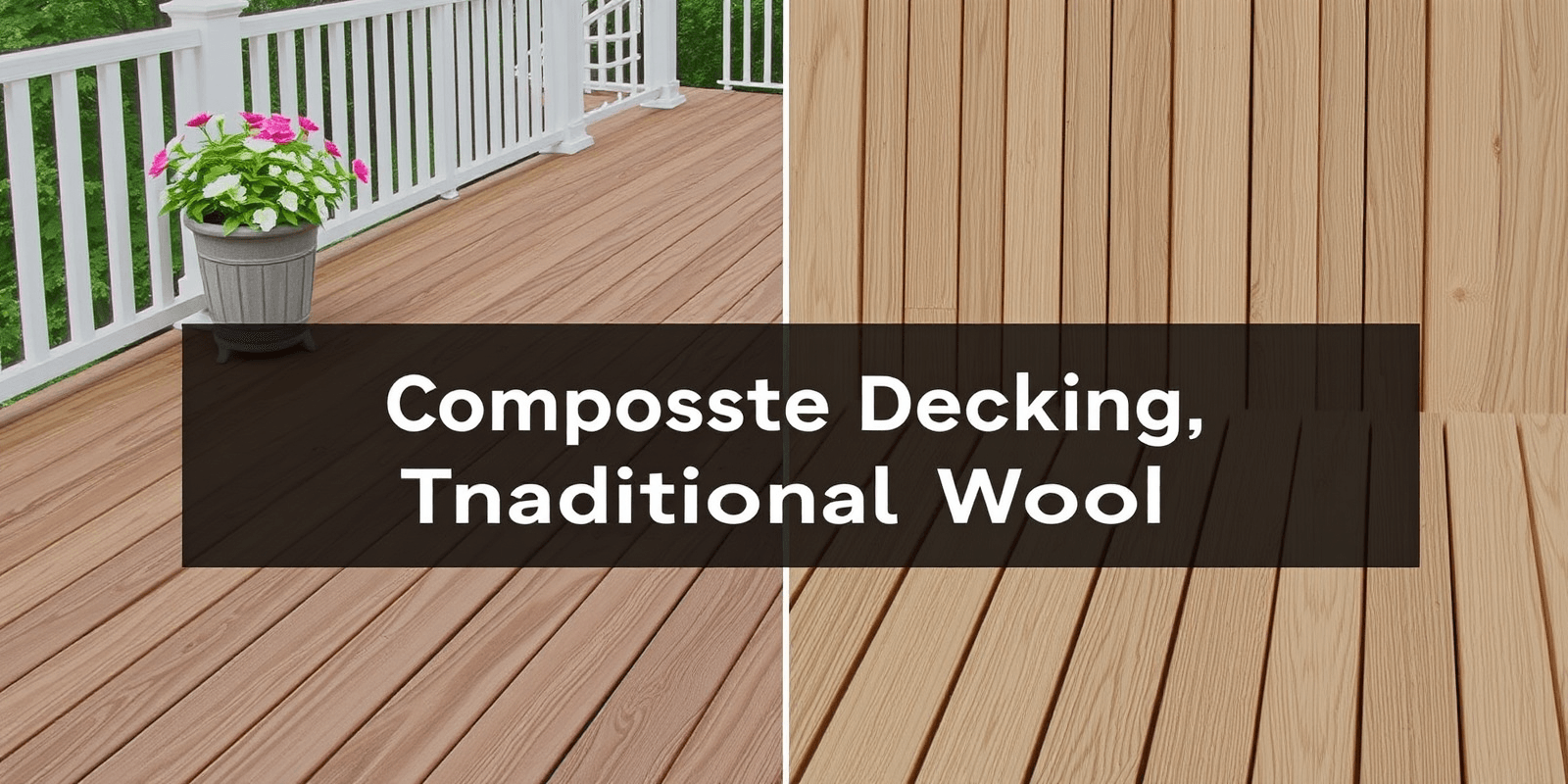Wood Plastic Composite Decking Tile
When it comes to creating an outdoor living space, the choice of materials can make a significant difference in both functionality and aesthetics. One increasingly popular option is wood plastic composite (WPC) decking tiles. These innovative materials offer a range of benefits over traditional wooden decks, including enhanced durability, lower maintenance requirements, and a reduced environmental impact. This article will explore these advantages and provide tips for selecting the right type and color to complement various outdoor aesthetics.
Durability: A Long-Lasting Solution
One of the most compelling reasons to choose WPC decking tiles is their exceptional durability. Unlike traditional wooden decks that can warp, rot, or splinter over time, WPCs are made from a combination of wood fibers and plastic, typically high-density polyethylene (HDPE). This blend creates a material that is highly resistant to moisture, insects, and UV rays, making it ideal for outdoor use. Additionally, WPCs can withstand extreme weather conditions, ensuring your deck remains beautiful and functional for many years to come.
Low Maintenance: Effortless Care
Maintaining a traditional wooden deck often requires regular sealing and staining to protect against the elements. In contrast, WPC decking tiles require minimal upkeep. They do not need to be sealed or stained, as they are naturally resistant to moisture and stains. Regular cleaning with soap and water is usually sufficient to keep them looking their best. This low-maintenance feature makes WPCs an excellent choice for busy homeowners who want to enjoy their outdoor spaces without the hassle of constant upkeep.
Environmental Impact: Sustainable Choices
Another key advantage of WPC decking tiles is their positive environmental impact. The production process for WPCs typically involves using recycled plastic and wood fibers, reducing waste and conserving natural resources. Moreover, since WPCs last longer than traditional wood decks, they reduce the frequency of replacements, further minimizing their ecological footprint. By choosing WPC decking tiles, you contribute to a more sustainable future while enjoying a beautiful outdoor space.
Choosing the Right Type and Color
When selecting WPC decking tiles, consider the overall aesthetic of your outdoor area. Many manufacturers offer a variety of colors and styles that mimic the look of natural wood, allowing you to create a cohesive and inviting atmosphere. For a modern, minimalist look, opt for lighter shades like white or gray. If you prefer a more traditional appearance, darker tones such as brown or black can blend seamlessly with existing landscaping. Additionally, some WPCs feature a textured surface that enhances their visual appeal and provides better traction, making them safer for use around pools or in areas with frequent foot traffic.
Conclusion
Wood plastic composite decking tiles offer numerous advantages over traditional wooden decks, from increased durability and reduced maintenance to a smaller environmental impact. By carefully selecting the right type and color, you can create an outdoor space that is both functional and visually appealing. Whether you’re building a new deck or renovating an existing one, WPC decking tiles are undoubtedly worth considering for their superior performance and sustainability.



